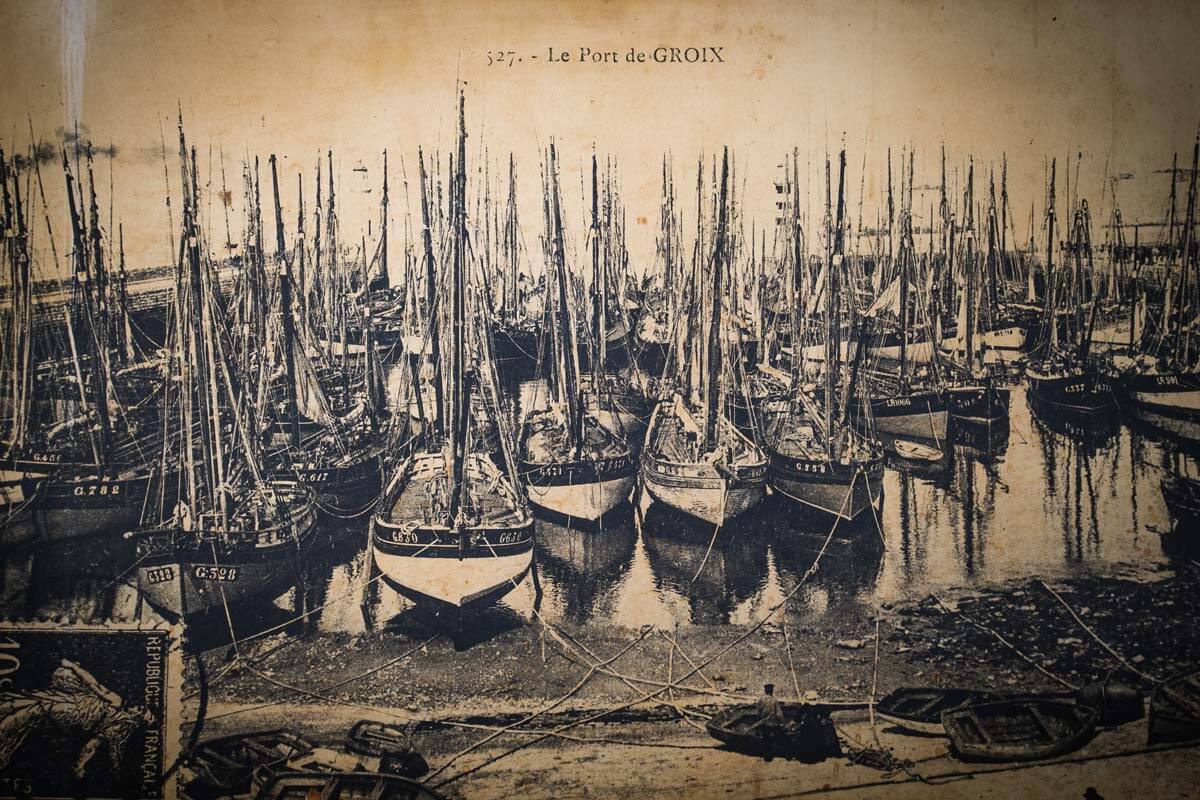It all started more than four hundred million years ago; two tectonic plates met, and from this meeting the Island of Groix was born.
Some call it “The Pebble of Brittany”: 8 km by 3, it’s small but it leaves room for charm. And the history of the island of Groix is not without it.
The origins
Etymologically, the island of Groix could have meant "the island of witches", from the Breton "Enez Ar C'hoaz'h". However, today it is difficult to understand how this peaceful island of Brittany was able to achieve such a reputation. However, in theHistory of the island of Groix, calm has not always been the rule on the island. The occupation of it by the Vikings has left its traces; grave, weapons and boat (the only Viking boat found on French territory) attest to this.
The first traces of occupation come from soldiers from the Isle of Brittany (present-day Great Britain) who came to reinforce the Roman emperor in the XNUMXth century. At the beginning of the XNUMXth century, the island then depended on a lordship of Hennebont before being graciously offered to the Abbey of Sainte Croix de Quimperlé. The latter brought Christianity to the island by building churches, chapels and various sanctuaries. The term “Loc” meaning “place of worship”, the first villages were then built in honor of the Saints. This is how the first villages of Locmaria, Loctudy (current town) and Locqueltas developed in the XNUMXth century. The island of Groix was then the subject of English threats during the XNUMXth and XNUMXth centuries, which were always repulsed (thank's God, I don't speak English!).
The first tuna port in France
Over the centuries, maritime trade developed; the island of Groix thus became the first tuna port in France at the beginning of the XNUMXth century. This pride went so far as to replace the traditional rooster in the church tower with… tuna (!) still visible at the top of the Church of the Village.
The end of the XNUMXth century was a turbulent period. Today we can guess by walking around the cliffs of Pen-Men, the Second World War impacted the island of Groix. Many bunkers served as shelters for the Germans during the occupation, and the island served as an ammunition stockpile.
Witches’ Island…?
The history of Groix was successively written by beliefs, religions, maritime and agricultural activities, a world war… But then, why did “the witches’ island” ultimately remain? Breton grimoires, full of legends, told me about it. In the XNUMXth century, while an English troop was preparing to devastate the island of Groix, a priest showed a strange trick. All the men were fishing, only the women remained, facing danger and unable to defend themselves. Cunningly, the famous priest asked the women to gather on the heights of the Island, covering their heads with seaweed. Astride the plow horses and the cows, the women provided themselves with large sticks, under the instructions of the priest. From the English ships, the enemy took fright from this mass of women resembling a herd of dragons, and fled.
Rest assured, today only families, loving couples, groups of friends and even solitary travelers have survived...! For find out more about the island of Groix nowadays you can read our article on Spring in Groix.
Thanks to Jo Le Port and José Calloc'h for their fascinating stories which allowed us to write this article on the History of the island of Groix.



